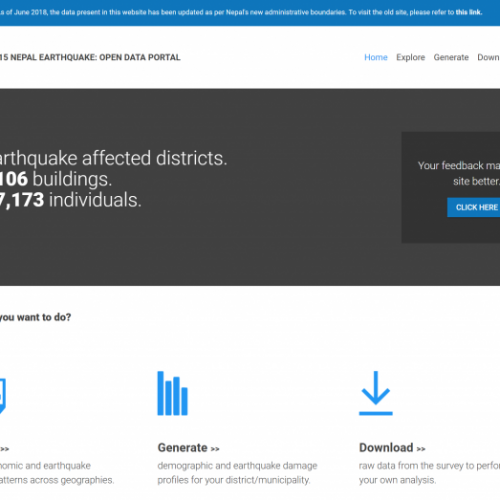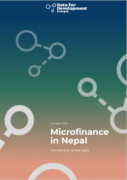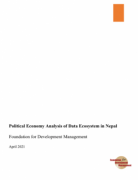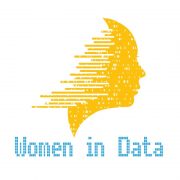
The 2018 Data for Development Innovation Fund is accepting proposals — Apply now!
September 20, 2018
Open Government Data: A First Step Towards Evidence Based Decision Making
October 12, 2018Nepal Earthquake Data: The Good, The Bad and How You Can Help
This blog was written by Kathmandu Living Labs and relates to the Earthquake Data Portal which was support ed by the D4D Program.
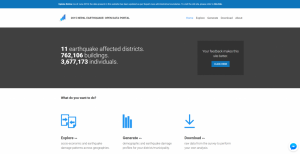
The following lines may deserve a place in Aesop’s fables. Imagine there is a goldmine – big and priceless. But many do not know about its whereabouts and those who know about it, do not know how to extract it. Over time the goldmine is lost to antiquity and the only value that remains is ‘what could have been’.
What does this have to do with the Nepal earthquake data?
Nepal conducted a massive household survey following the 2015 Gorkha earthquake. The primary objective of this survey was to assess building damage and identify earthquake affected populace eligible for housing reconstruction funds. But there is more! The massive census-style survey done in the 11 most earthquake affected districts hold terabytes of socio-economic data for all households and individuals in these districts. By all, we mean 762,106 buildings and 3.6 million individuals who live in it. Technically, it is a mid-term census for these 11 districts.
The Central Bureau of Statistics, which is Nepal’s authority on statistics, published an anonymized version of Nepal earthquake data. So far, so good! What’s the bad news then?
The Bad: Nepal earthquake data is that fabled goldmine. The published dataset is too complex for a majority of users. The dataset is spread across 8 tables, consists of 3.6 million rows and hundreds of columns. Not everyone who may find this data immensely useful for planning, research, decision-making are adept at processing such volume of data. By everyone, we not only mean individuals but also institutions like grassroots NGOs and even local municipalities. While the usefulness of this data was never in doubt, its usability is a serious question!
The Good: Realizing this gap, the National Planning Commission, Nepal’s apex planning body, commissioned the Open Data Portal. It is a free, online portal which presents the complex Nepal earthquake data in comprehensible maps, charts and tables. Its three sections are geared for three levels of uses – basic exploration, use of specific data elements (for intermediate users) and full or partial downloads of the entire dataset (for experts).
However, just having a portal will not do justice to the amount of information that this goldmine contains. This portal is at a stage where you can use it and tell us how to make it more useful to you!
How You Can Help
Things that you can do:
- Go to eq2015.npc.gov.np and use the portal.
- Spread the word – it’s a kind of goldmine that grows as you share!
- Make the portal even better by filling up this form. (The form is also available on the portal). Your feedback will go a long way in making it more useful for everyone!
See you at eq2015.npc.gov.np
Originally published at: http://blog.kathmandulivinglabs.org/nepal-earthquake-data-the-good-the-bad-and-how-you-can-help/

